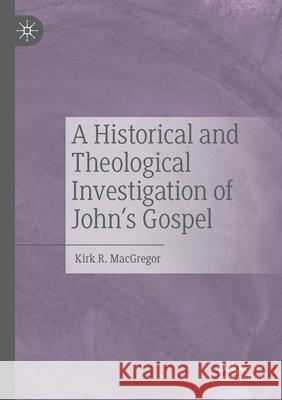A Historical and Theological Investigation of John's Gospel » książka
topmenu
A Historical and Theological Investigation of John's Gospel
ISBN-13: 9783030534035 / Angielski / Miękka / 2021 / 230 str.
A Historical and Theological Investigation of John's Gospel
ISBN-13: 9783030534035 / Angielski / Miękka / 2021 / 230 str.
cena 484,18 zł
(netto: 461,12 VAT: 5%)
Najniższa cena z 30 dni: 462,63 zł
(netto: 461,12 VAT: 5%)
Najniższa cena z 30 dni: 462,63 zł
Termin realizacji zamówienia:
ok. 22 dni roboczych
Bez gwarancji dostawy przed świętami
ok. 22 dni roboczych
Bez gwarancji dostawy przed świętami
Darmowa dostawa!
Kategorie:
Kategorie BISAC:
Wydawca:
Palgrave MacMillan
Język:
Angielski
ISBN-13:
9783030534035
Rok wydania:
2021
Wydanie:
2020
Ilość stron:
230
Waga:
0.32 kg
Wymiary:
21.01 x 14.81 x 1.42
Oprawa:
Miękka
Wolumenów:
01
Dodatkowe informacje:
Wydanie ilustrowane











